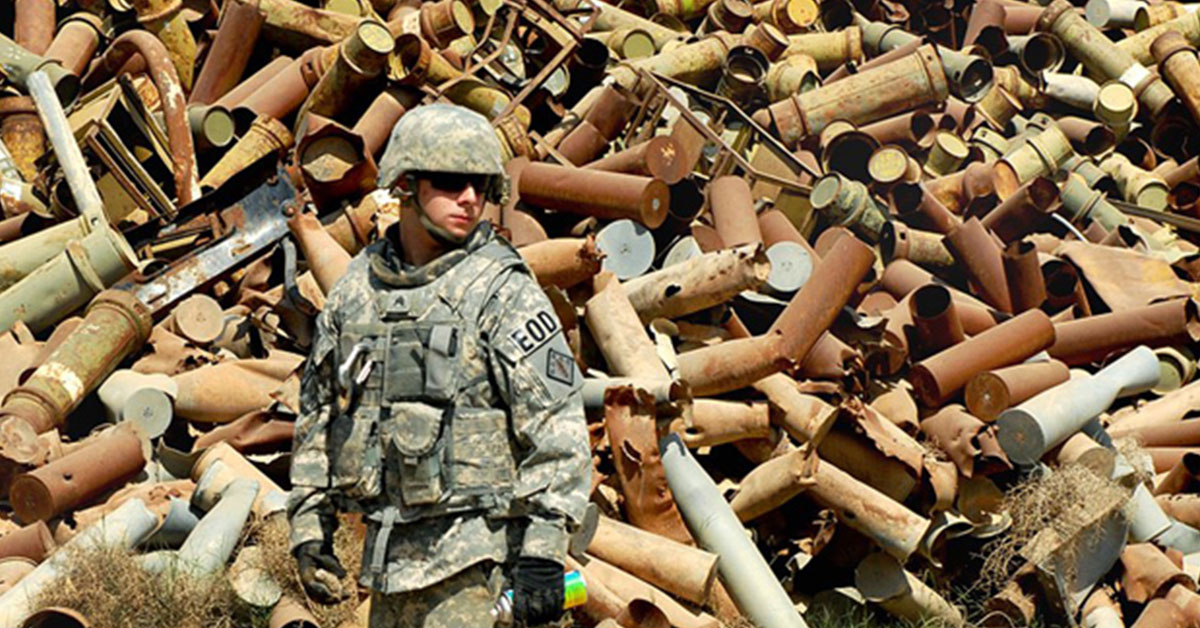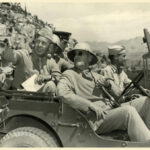
Humanitarian Mine Action is one way for the DoD to really support the other three instruments of national power
Explosive Remnants of War, or ERW, is a significant problem in former battlefields. For example, the landscape of Bosnia and Herzegovina after the Dayton Accords was littered with antipersonnel mines. Since 1996, more than 3,000 square kilometers of land have been cleared of mines but an estimated 150,000 devices remain. Landmines, ammunition stocks, and other hazards represent both present dangers, especially to innocent civilians, past reminders of the prior conflict, and potential flashpoints for renewed hostilities.
Humanitarian Mine Action, also known as “de-mining,” is a capability the U.S. has to safely remove and dispose of ERW. While this capability is high-risk, generally slow and methodical, and requires tremendous skill and knowledge; the benefits of restoring land to a safe, sustainable, and usable condition are extraordinary. It is also one way that the military can provide direct support to the other instruments of national power — diplomatic, informational, and economic.
A BETTER PEACE presents three experts in Humanitarian Mine Action — Shawn Kadlec, graduate of the War College resident class of 2019 and an explosive ordnance detachment officer; Jared Harper, USAWC faculty instructor and specialist in security force assistance; and Rick Coplen, Professor of Economic Development at USAWC and an expert on development in fragile states. A BETTER PEACE Editor-in-Chief Jacqueline E. Whitt moderates.
Podcast: Download
Shawn Kadlec is a lieutenant colonel in the U.S. Army and a graduate of the resident class of AY2019. Jerad Harper is a colonel is the U.S. Army and a faculty instructor in the Department of Distance Education at the U.S. Army War College. Rick Coplen is Professor of economic development at the Peacekeeping and Stability Operations Institute. Jacqueline E. Whitt is the Editor-in-Chief of A BETTER PEACE. The views expressed in this presentation are those of the speakers and do not necessarily reflect those of the U.S. Army War College, U.S. Army, or Department of Defense.
Photo: U.S. Army Explosive Ordnance Disposal technicians from 20th CBRNE Command respond to dozens of unexploded ordnance calls a month, both on and off post.
Photo Credit: 20th CBRNE photo via U.S. Army homepage



